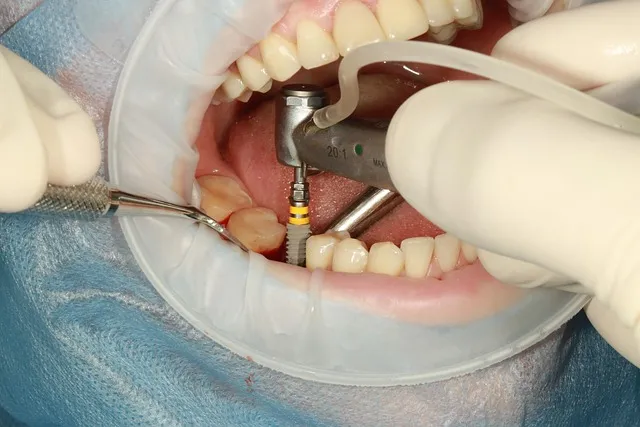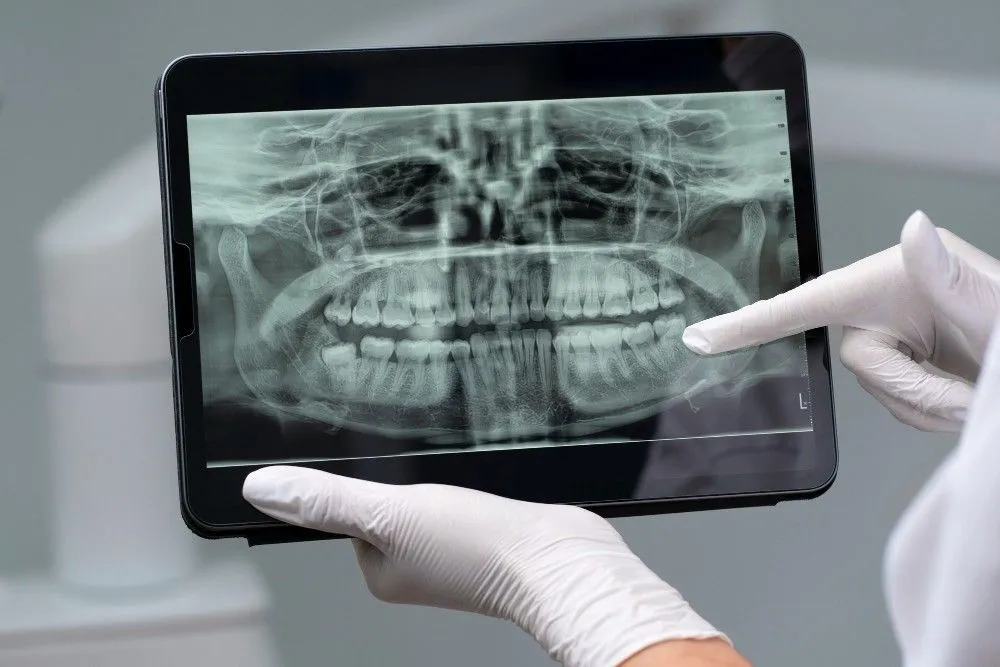There can be different reasons for passing in an abscess, not getting a dental check-up, getting scared of needles injections in the mouth, or feeling restless. But when the pain becomes infuriating, it is best to get a check-up, as this can be due to a tooth abscess. The tooth abscess is filled with pus formed against a bacterial tooth infection. There are different stages of bacterial tooth infections like enamel cavity, dentin cavity, etc., which ultimately lead to tooth fall.
So it will be better to get treatment for tooth abscesses from your doctor. Here, we will identify the symptoms that suggest you have a tooth abscess; then, we will explain the different Abscess Tooth Stages, Followed by the treatment and prevention of tooth abscesses.
What are the symptoms of the abscess tooth stage?
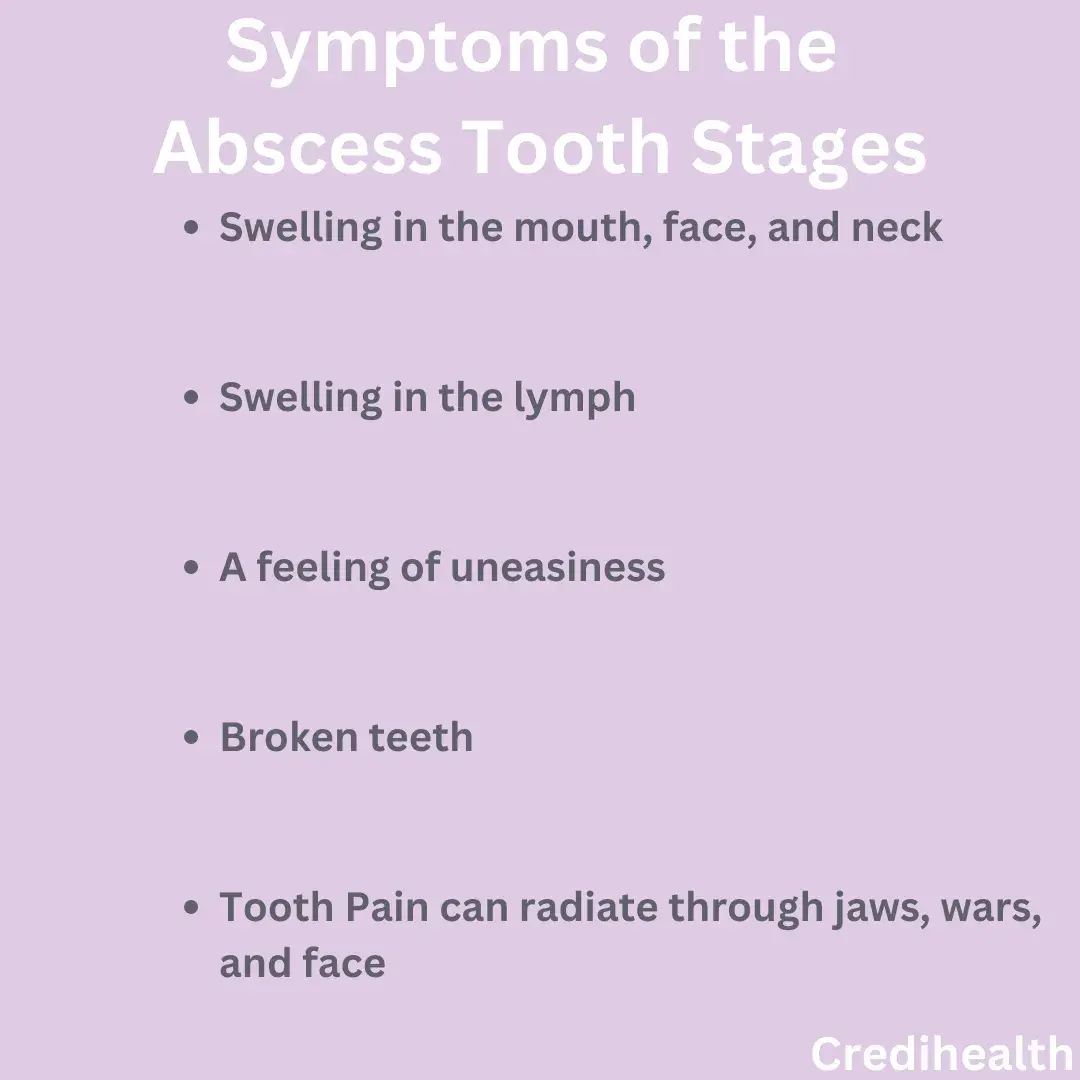
Symptoms of tooth abscess include are:
- Tooth pain can radiate through jaws, wars, and face
- Swelling in the mouth, face, and neck
- Swelling in the lymph and around the face or neck
- A feeling of uneasiness
- Broken teeth
The development of tooth abscesses can take about one to two days after developing the first signs of infections. However, if not treated, this can lead to problems like sepsis. Sepsis can result in fever, chills, fast breathing, breathlessness, dizziness or fainting.
Also Read: Bacterial Infection Mouth: Causes, Symptoms and Treatments
What are the Different Tooth Abscess Stages?
A dental tooth abscess can eventually lead to a series of dental problems, and the dental abscess stages are as follows. Following are the Abscess Tooth Stages -
1. Enamel Decay
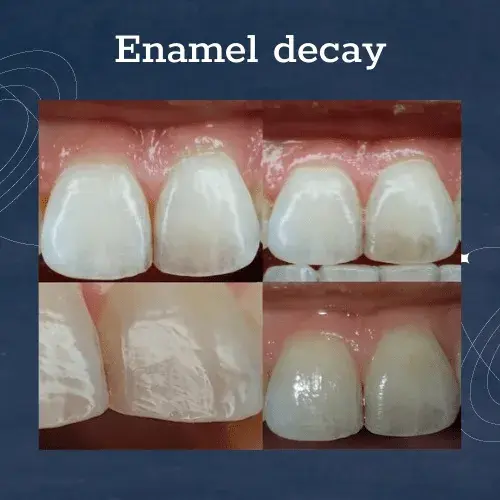 The buildup of plaque is caused due to the buildup of bacteria in the mouth. This decay can lead to the advertisement or development of pus and a dental abscess. If you do not brush your teeth too frequently and thoroughly, plaque will build up from your teeth and the gum line. Acid can form and erode the tooth enamel, and a cavity is formed after a tooth is formed.
The buildup of plaque is caused due to the buildup of bacteria in the mouth. This decay can lead to the advertisement or development of pus and a dental abscess. If you do not brush your teeth too frequently and thoroughly, plaque will build up from your teeth and the gum line. Acid can form and erode the tooth enamel, and a cavity is formed after a tooth is formed.
2. Dentin Decay
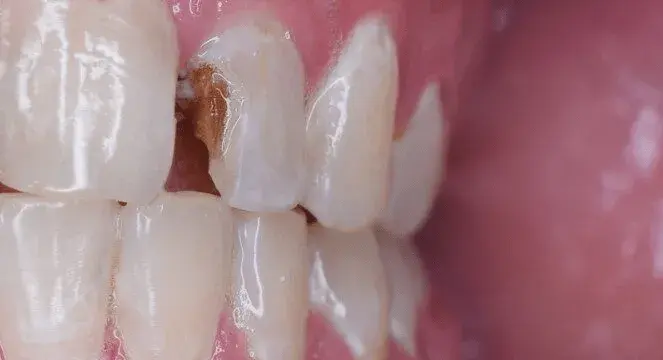 The dentist will soon declare that the cavity is filled with bacteria as they eat through the enamel, causing dentin.
The dentist will soon declare that the cavity is filled with bacteria as they eat through the enamel, causing dentin.
Read Also: Tooth fillings before and after: 7 things to consider
3. Tooth Pulp Infection
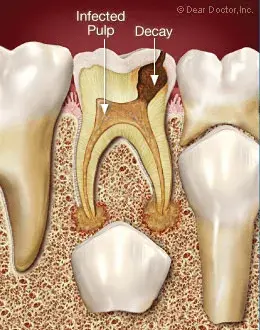 After the bacteria has destroyed the dentin cavity, it will keep moving into the teeth' pulp. When that happens, the nerves within the tooth die, and the body's immune system starts affecting the bacterial infection. A tooth abscess is then developed around the roots and is very painful.
After the bacteria has destroyed the dentin cavity, it will keep moving into the teeth' pulp. When that happens, the nerves within the tooth die, and the body's immune system starts affecting the bacterial infection. A tooth abscess is then developed around the roots and is very painful.
4. Abscess Formation
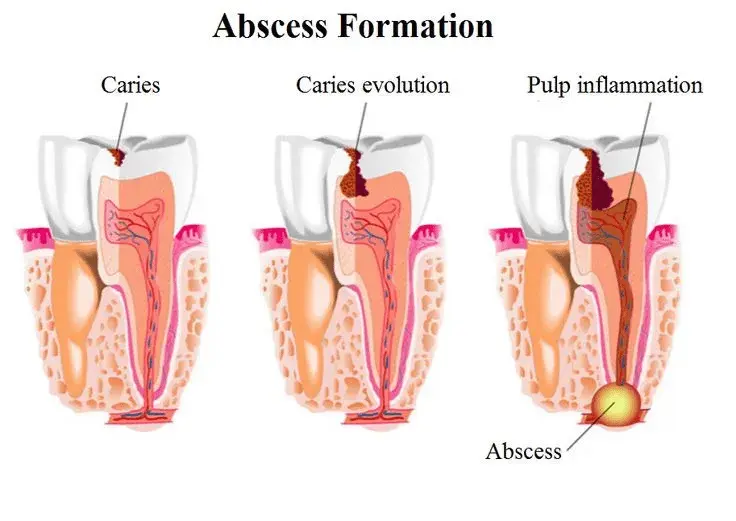
In the later stages of tooth decay, the bacteria enter the tooth's pulp and make their way deeper into the gut and jawbones. You may notice the teeth' surroundings have redness, swelling, and mild discomfort. This stage results in severe abscess formation. If you take mild painkillers, you might not be able to observe these tooth abscesses.
Read Also: 10 Ultimate Home remedies for tooth infection
5. Tooth loss
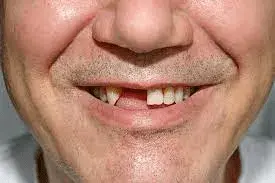
This stage comes after the discomfort or throbbing of pain in the dental abscess and can cause an alert. This abscess has reached a critical point and can be treated before it worsens. If the tooth abscess is left untreated, it can erode the underneath bone and ultimately lead to tooth loss. Some people with a weak immune system can find the spread of the infection can be fatal as it reaches the other parts of the teeth.
Treatment of the tooth abscess at the clinic
Though tooth abscess conditions cannot be avoided by the patient and the doctors as they are too painful, it will be best for the patients not to delay the pain and get a prescription as soon as the tooth abscess is observed. It will be best for your teeth and your physical and mental peace. Though after visiting the clinic, the doctor will check-
- Where is the location of the pain or dental abscess?
- The spread of infection is within the teeth or the area near them.
- The extent of the reaction of the immune system to infections.
- The dentist will make a small cut on the abscess to drain it and wash the area with saline solutions.
- In case the dentist reaches the inner pulp chamber and root canal therapy to clear bacteria and tooth pulp chambers.
- A dental crown is fixed to protect the remaining tooth.
Alternatively, the tooth can be extracted, and the abscess is drained to prevent the infection from spreading. Following the steps above, the dentist will ensure that your teeth are free from diseases and will not apply to nearby teeth.
How to prevent tooth abscesses from spreading?
It is very rare for a tooth abscess to spread to other body parts. But in case it is spreading, the consequences can be severe. Thus, it will be best to get a hold of the following situations and get an appointment with the dentist to relieve the problems.
- Severe headaches
- Difficult swallowing
- Difficulty opening the mouth
- Difficulty breathing
- Swelling in the neck, cheeks, and faces
- Itching and burning sensation on the skin
- Fever
- Nausea and vomiting
- Confusion
- Drooping eyelids
Without proper treatment, there can be chances of developing infections in the blood vessels and the bone surrounding teeth, skin, and infections in the blood that could cause sepsis.
Conclusion-
Though it is not that difficult to deal with gum disease or Abscess Tooth Stages, it can be pretty painful when dealing with an abscess. Since a spot is pus-filled with WBC to fight the infection in dental cavities, it can cause a lot of pain. In this blog, we have explained the different stages of tooth access and other treatment methods. It will be best for the patients to have it looked at by a dentist and take a proper course of antibiotics to relieve a tooth abscess.
Frequently Asked Questions
Do tooth abscesses go away on their own?
If the infections are not more profound, they can go away with antibiotics. But if the conditions are more profound, they will require some prescribed antibiotics to stop them from spreading. Medications are also suggested for a weakened immune system.
Can a tooth infection survive on its own?
A tooth infection requires medical help and may not go away independently. The pain can be stopped when the nerve is not functioning, and they cannot feel the pain in the tooth. However, the bacteria can still spread to the surrounding areas.
How long will it take for an abscessed tooth to go away?
It can take a maximum period of 12 months or more for tooth abscess to go away. This longer time is usually seen in cases of complications like sepsis. Schedule an appointment with your dentist regularly to avoid these conditions.
How to know if a tooth abscess is spreading?
The following symptoms can be associated with the spread of tooth abscess: if there is fever or swelling in the face or you have trouble breathing and swallowing food. These symptoms indicate the spread of infections and can have deeper infections in the jaw, throat, and neck.

Reviewed by




